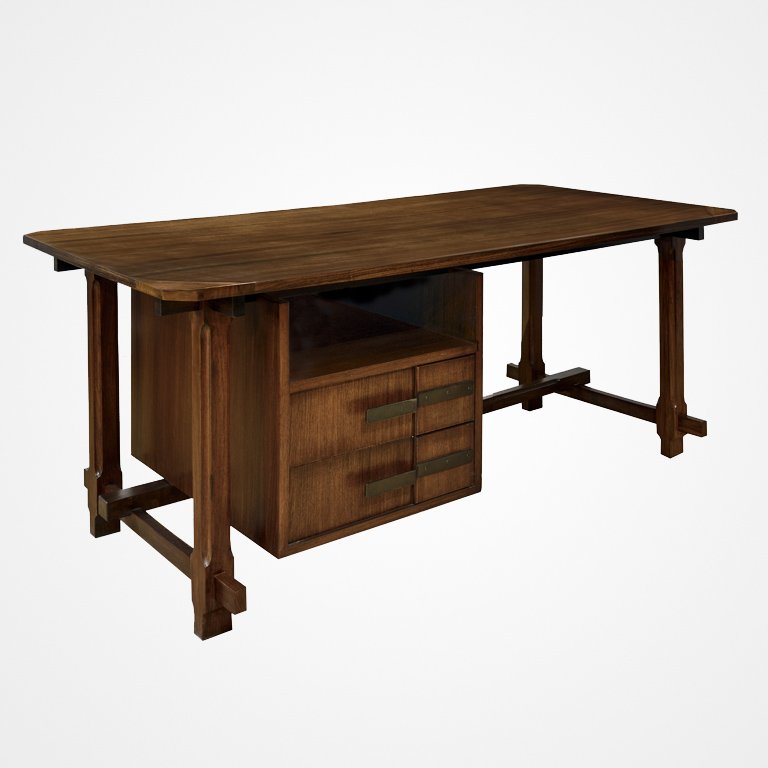Please Join us on November 9th at Good Design from 3-7 to welcome our good friend Torinese Architect Davide Alaimo and to celebrate the publication of his two books. Davide has written two scholarly books which document for the first time the productions of Cristal Art and of Colli. Cristal Art was a glass company making products in Turin whose mirrors have been shown by dealers for a number of years. In February I wrote a blog about Cristal Art. I’m planning another soon about Pier Luigi Colli and his company. Both Torinese makers were important manufacturers in mid century Italy but up until now it was difficult or impossible to find documentation and misattributions were being made. Now we have Davide’s two works which include original drawings and catalog images from their company’s archives. Come meet Davide and see these important new works and meet their author!
Good Design
200 Lexington Avenue Suite 423 NYC.
212 722 1110
info@gooddesignshop.com
www.gooddesignshop.com





